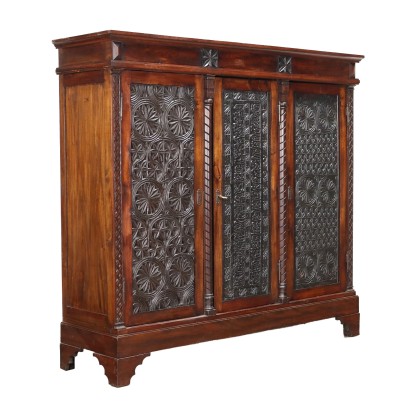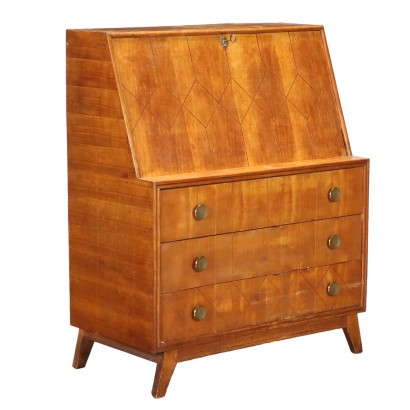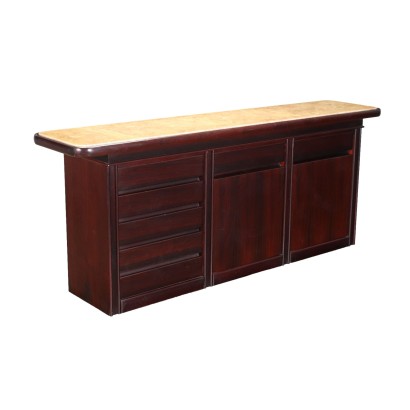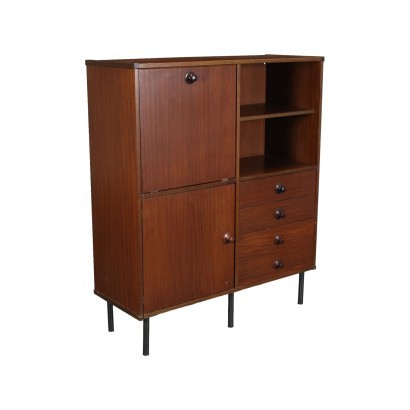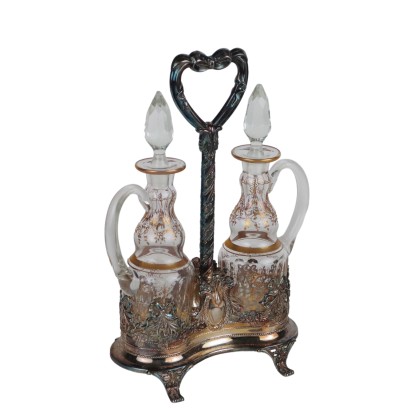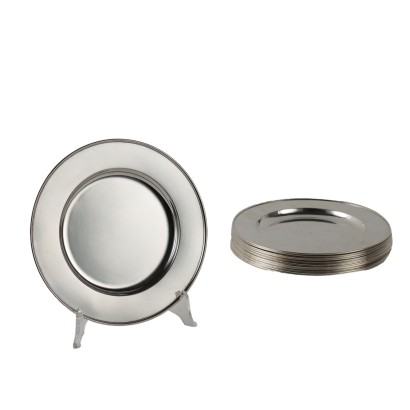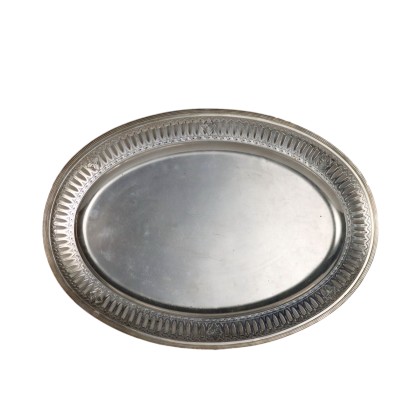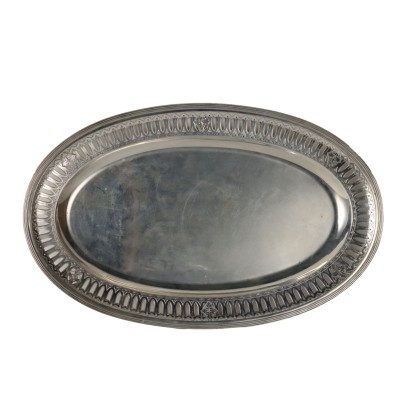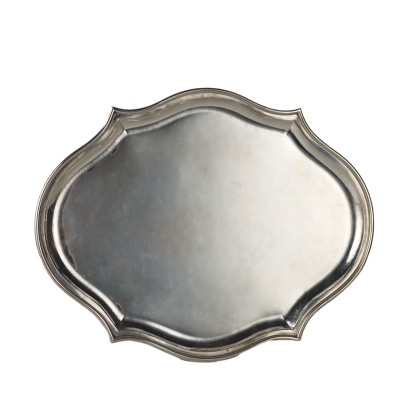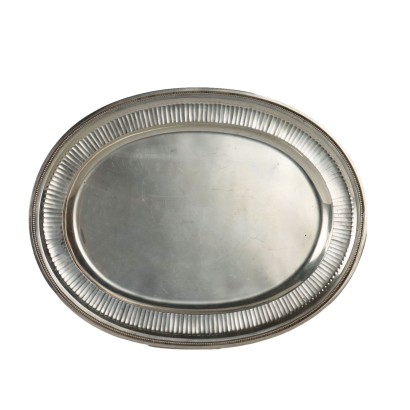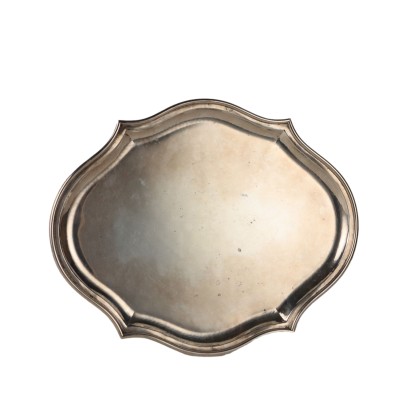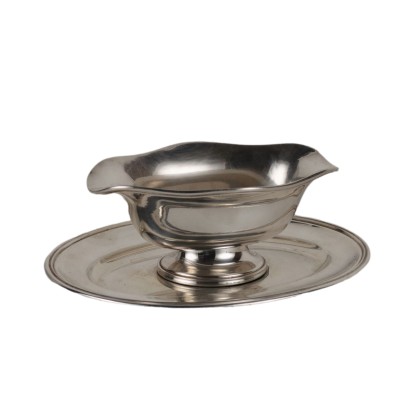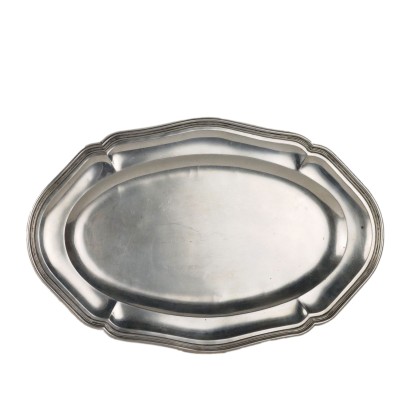Cupboard Neo-Gothique Revival Mahogany Italy XX Century - Italy, Early XX Century
Features
Style: Neo-Gothique Revival
Age: 20th Century / 1901 - 2000
Origin: Italy
Main essence: Silver Fir , Chestnut , Mahogany
Material: Carved Wood
Description
Early 20th century sideboard in mahogany with older carved chestnut panels on the front. Front with 3 doors framed by a pair of semi-columns in the central part and by lozenge-shaped pilasters in the outermost part, cantilever feet. Spruce interior.
Product Condition:
Product that, due to age and usage, requires restoration and polishing works.
Dimensions (cm):
Height: 189,5
Width: 208,5
Depth: 56,5
Additional Information
Style: Neo-Gothique Revival
The Neo-Gothic is an artistic movement born during the nineteenth century in Europe, which aimed at the revival of medieval art and especially of Gothic architecture.
This movement mainly influenced Great Britain, hand in hand with the English Gothic tradition.
During the middle of the century the most original phase of the movement is established, which draws from previous experiences the lively polychromy and the choice of materials, in conjunction with the organic functionality of the buildings and the use of metal.
Find out more about the Neo-Gothic with our insights:
FineArt: Harp Erard, in Neo-Gothic style
Age: 20th Century / 1901 - 2000
20th Century / 1901 - 2000 Main essence:
Silver Fir
Soft coniferous wood, used for rustic furniture or to build the chest, that is the structure, of furniture then veneered in more precious woods. It has been used since ancient times, its most valuable use is, in the Spruce variant, in the inlays of French antique furniture of the '700 . The spruce, more typical of northern Europe, in Italy grows mainly in the Eastern Alps at altitudes above 1300 m. The noblest use of this essence was in the construction of violins, guitars and cellos: Stradivari himself produced his famous violins with this wood.
Chestnut
It is a hard, yellow-white wood, mostly used for rustic furniture. Since the Middle Ages it has been used in Europe, mainly in Spain, France and Italy. Particularly resistant, it was sometimes used to manufacture the supporting structures of fine furniture. It tends to darken over time and has good resistance to woodworms.
Mahogany
It is one of the most precious and sought-after woods in cabinet making. It was discovered in Central America around 1600 and began to be imported to England in the 1700s. Much appreciated for its hardness and indestructibility, it became widespread following the blocking of walnut exports from France in 1720 and the consequent elimination of English import duties on mahogany from the colonies in America and India. The most valuable version comes from Cuba, but it became very expensive. At the end of the 18th century it began to be used also in France in Louis XVI, Directory and Empire furniture, its diffusion declined starting from when Napoleon, in 1810, forbade its import. It was generally used in the manufacture of elegant furniture, due to its characteristics and beautiful grain.
Material: Carved Wood
Other customers have searched:



